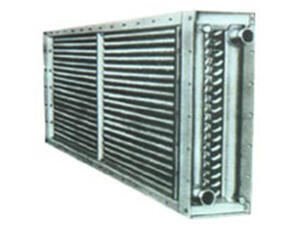-
 Encontrar enMiembros
Encontrar enMiembros Encontrar enVideos
Encontrar enVideos Encontrar enCanales
Encontrar enCanales
This website uses cookies to ensure you get the best experience on our website.
To learn more about our privacy policy haga clic aquíPreferencia de privacidad
- Etiquetas - #Air Cooler Mould
-
- Última actualización 28 de julio de 2020 0 comentarios, 192 vistas, 0 likes
More from xiu umin
More in Politics
Related Blogs
What Is The Effect Of Temperature On The Air Cooler Mould
Cuerpo
There are many factors that affect the cooling of Air Cooler Mould, such as the shape of plastic parts and the design of parting surface, the type, temperature and flow rate of cooling medium, geometric parameters and spatial arrangement of cooling pipes, mould materials, melt temperature, ejection temperature and mould temperature required by plastic parts, thermal cycle interaction between plastic parts and plastic moulds, etc.
(1) Low mould temperature can reduce the moulding shrinkage of plastic parts.
(2) Uniform mould temperature, short cooling time and fast injection speed can reduce the warpage of plastic parts.
(3) For crystalline polymers, increasing mould temperature can stabilize the size of plastic parts and avoid post-crystallization, but it will lead to the defects of prolonged moulding cycle and brittle plastic parts.
(4) With the increase of crystallinity of crystalline polymer, the stress cracking resistance of plastics decreases, so it is beneficial to reduce the mould temperature. However, for amorphous polymer with high viscosity, because its resistance to cracking is directly related to the internal stress of plastic parts, it is beneficial to increase the mould temperature and filling speed and reduce the feeding time.
(5) Increasing the mould temperature can improve the surface quality of plastic parts. In the process of injection moulding, mould temperature directly affects the filling of plastics, the shaping of plastic parts, the moulding cycle and the quality of plastic parts.
The mould temperature depends on the crystallinity of plastic, size and structure of plastic parts, performance requirements and other process conditions such as melt temperature, injection speed, injection pressure and moulding cycle. For amorphous polymer, the melt solidifies with the decrease of temperature after being injected into the mould cavity, but no phase change occurs. The mould temperature mainly affects the viscosity of the melt, that is, the mould filling rate.
Therefore, for amorphous plastics with low and medium melt viscosity, such as polystyrene, cellulose acetate, etc., using lower mould temperature can shorten the cooling time.
Table Mould is also our hot product, you can click to view.









Comentarios